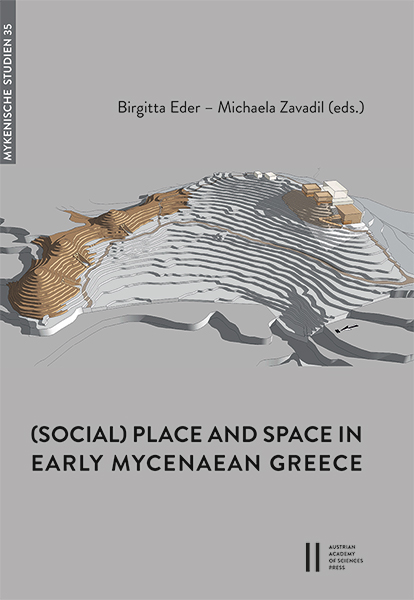
(Social) Place and Space in Early Mycenaean Greece, pp. 549-570, 2021/05/26
International Discussions in Mycenaean Archaeology
October 5–8, 2016, Athens

Near or at the end of the MH era, a wave of polychromy swept over the ceramic repertoires of the centraland southern Greek mainland. Beginning at the start of the period we term LH I (c. 1675–1600 BC) or just beforeand persisting for some four to five generations thereafter down to some point within the LH IIA phase (c. 1600–1550/1525 BC), this predilection for bichrome and trichrome approaches to the decoration of tablewares was a featureof several different regions within the first half of the Prepalatial Mycenaean era. What inspired this sudden popularisationof the use of multiple colours for ceramic ornamentation? As striking as its relatively sudden emergence is theseeming contemporaneity of its disappearance from the various regional styles within which it had flourished. Was thevirtual extinction of polychromy around the middle of the 16th century somehow related to the circumstances of itsrapid adoption a century of more earlier? How this decorative fashion was exploited by its numerous producers mayprovide some answers to the questions surrounding the peculiar history of this characteristically early Mycenaean modeof pottery décor.
Keywords: Middle Helladic, Mycenaean pottery, Bichrome, ceramic regionalism